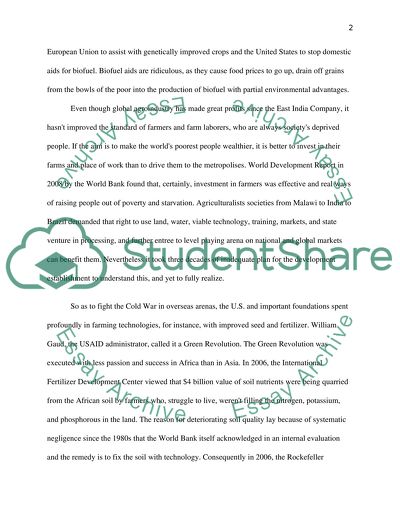Cite this document
(“Human Geography Analysis Essay Example | Topics and Well Written Essays - 2750 words”, n.d.)
Retrieved from https://studentshare.org/geography/1398168-human-geography-analysis
Retrieved from https://studentshare.org/geography/1398168-human-geography-analysis
(Human Geography Analysis Essay Example | Topics and Well Written Essays - 2750 Words)
https://studentshare.org/geography/1398168-human-geography-analysis.
https://studentshare.org/geography/1398168-human-geography-analysis.
“Human Geography Analysis Essay Example | Topics and Well Written Essays - 2750 Words”, n.d. https://studentshare.org/geography/1398168-human-geography-analysis.


